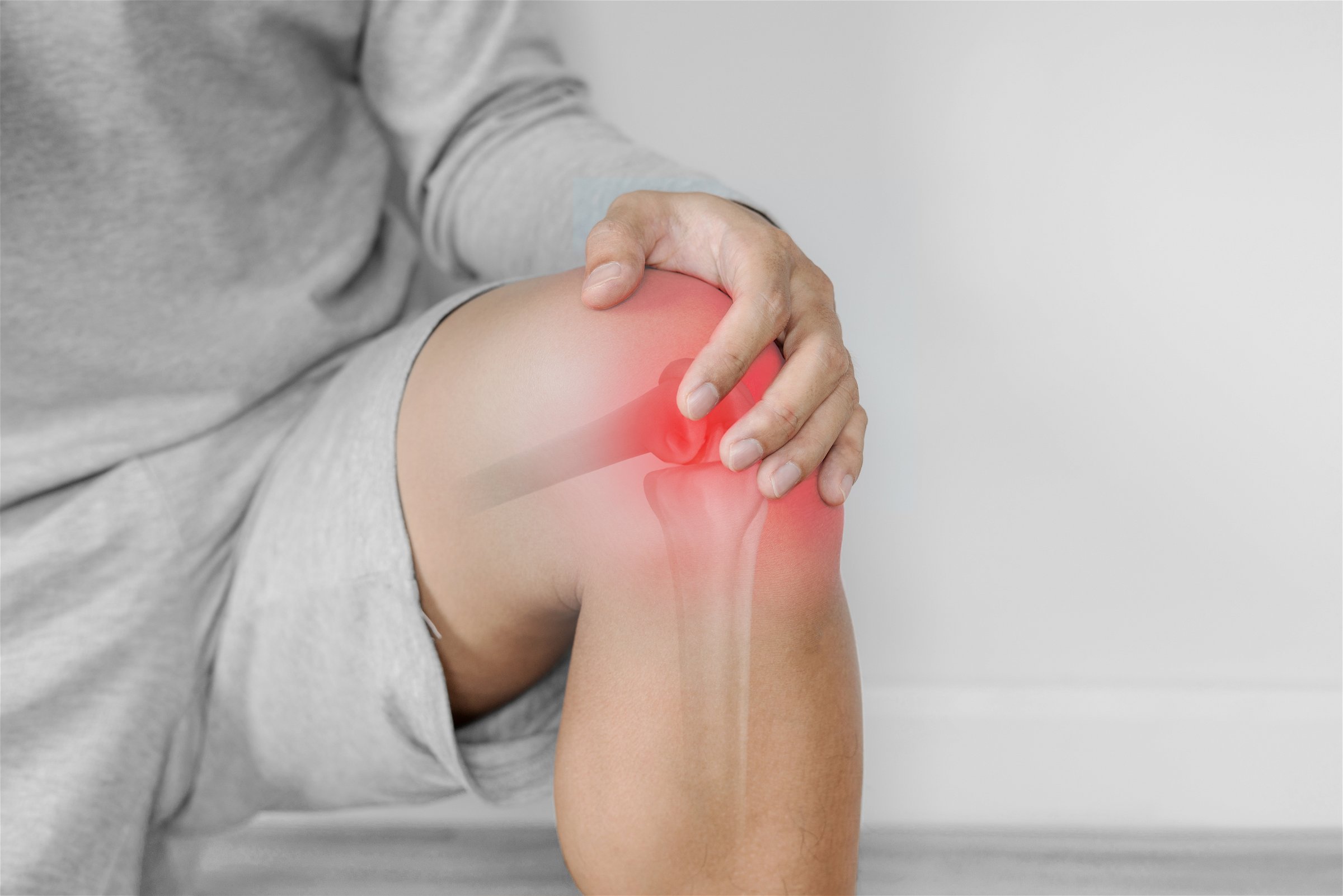Conditions
Joint Pain
Joint pain can be a common and uncomfortable condition that affects people of all ages. It can be caused by a variety of factors, including injuries, medical conditions, and lifestyle factors.

Here are some common causes and treatments for joint pain:
Common Causes of Joint Pain:
Osteoarthritis:
This is the most common form of arthritis and occurs when the cartilage that cushions the ends of bones in the joint deteriorates over time. It often affects weight-bearing joints like the knees, hips, and spine.
Rheumatoid Arthritis:
This is an autoimmune disorder where the body’s immune system attacks the synovium (the lining of the membranes that surround the joints). It can affect multiple joints.
Injuries:
Sprains, strains, and injuries to the ligaments, tendons, or bursae around the joint can cause acute joint pain. These injuries can result from accidents, sports, or overuse.
Gout:
Gout is a type of arthritis that occurs when there’s an excess buildup of uric acid in the blood, leading to the formation of sharp urate crystals in the joints, particularly in the big toe.
Infections:
Joint pain can also result from infections, such as septic arthritis, which occurs when bacteria or other pathogens enter a joint.
Other Medical Conditions:
Certain medical conditions, like lupus, Lyme disease, and other autoimmune disorders, can cause joint pain as a symptom.
Treatment Options for Joint Pain:
Medications:
Depending on the underlying cause of the joint pain, your doctor may recommend medications like nonsteroidal anti-inflammatory drugs (NSAIDs), corticosteroids, disease-modifying antirheumatic drugs (DMARDs), or pain relievers.
Physical Therapy:
A physical therapist can help with exercises and stretches that can improve joint mobility and strength, reduce pain, and prevent future issues.
Lifestyle Modifications:
Maintaining a healthy weight, regular exercise, and a balanced diet can help reduce joint pain, especially for conditions like osteoarthritis. Avoiding activities that exacerbate pain can also be beneficial.
Heat and Cold Therapy:
Applying heat or cold packs to the affected joint can provide relief. Heat can relax muscles and increase blood flow, while cold can reduce inflammation and numb the area.
Assistive Devices:
In some cases, using assistive devices like braces, crutches, or canes can help support the joint and reduce strain.
Surgery:
In severe cases where conservative treatments fail, surgical options may be considered. Joint replacement surgery, arthroscopy, or other procedures may be recommended by a surgeon.
It’s essential to consult with a healthcare professional if you are experiencing persistent joint pain, as they can determine the underlying cause and develop an appropriate treatment plan tailored to your specific situation. Self-diagnosis and self-treatment can sometimes worsen the condition or lead to unnecessary complications.

